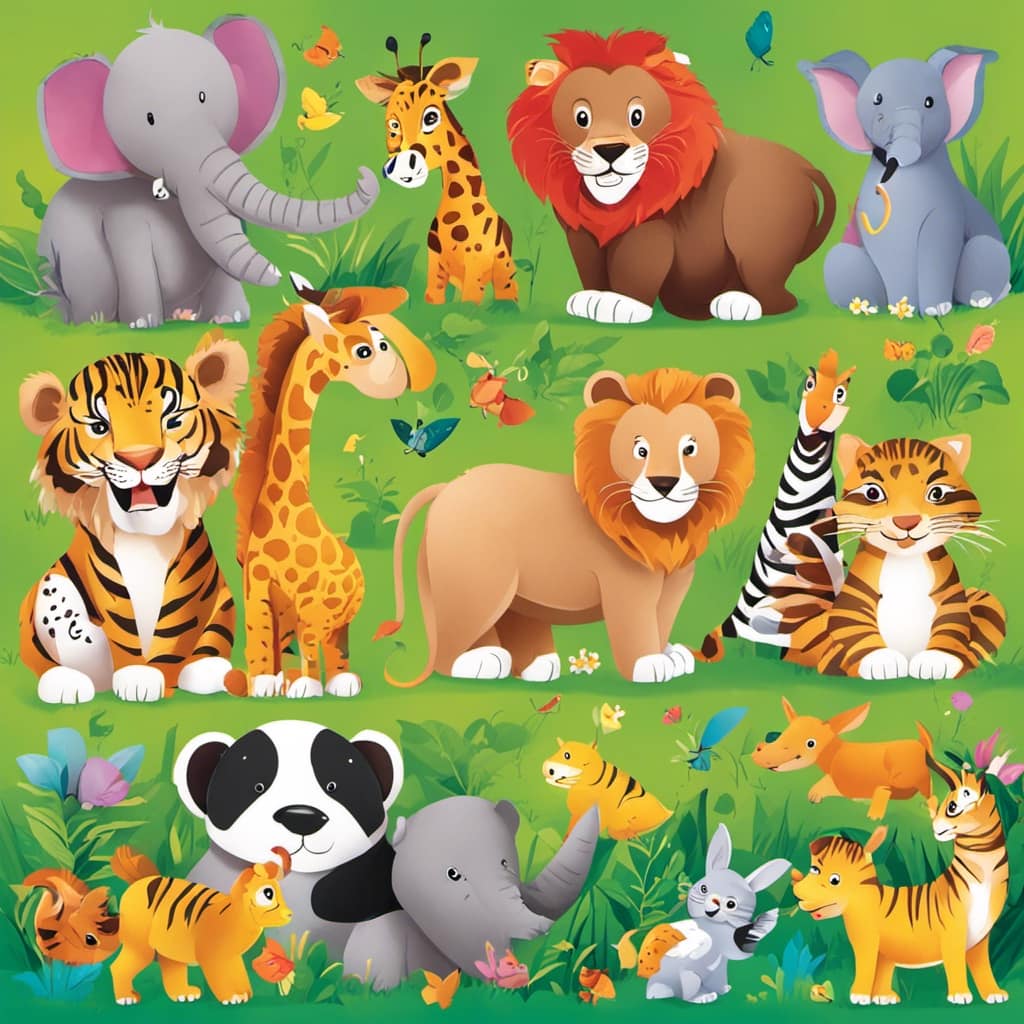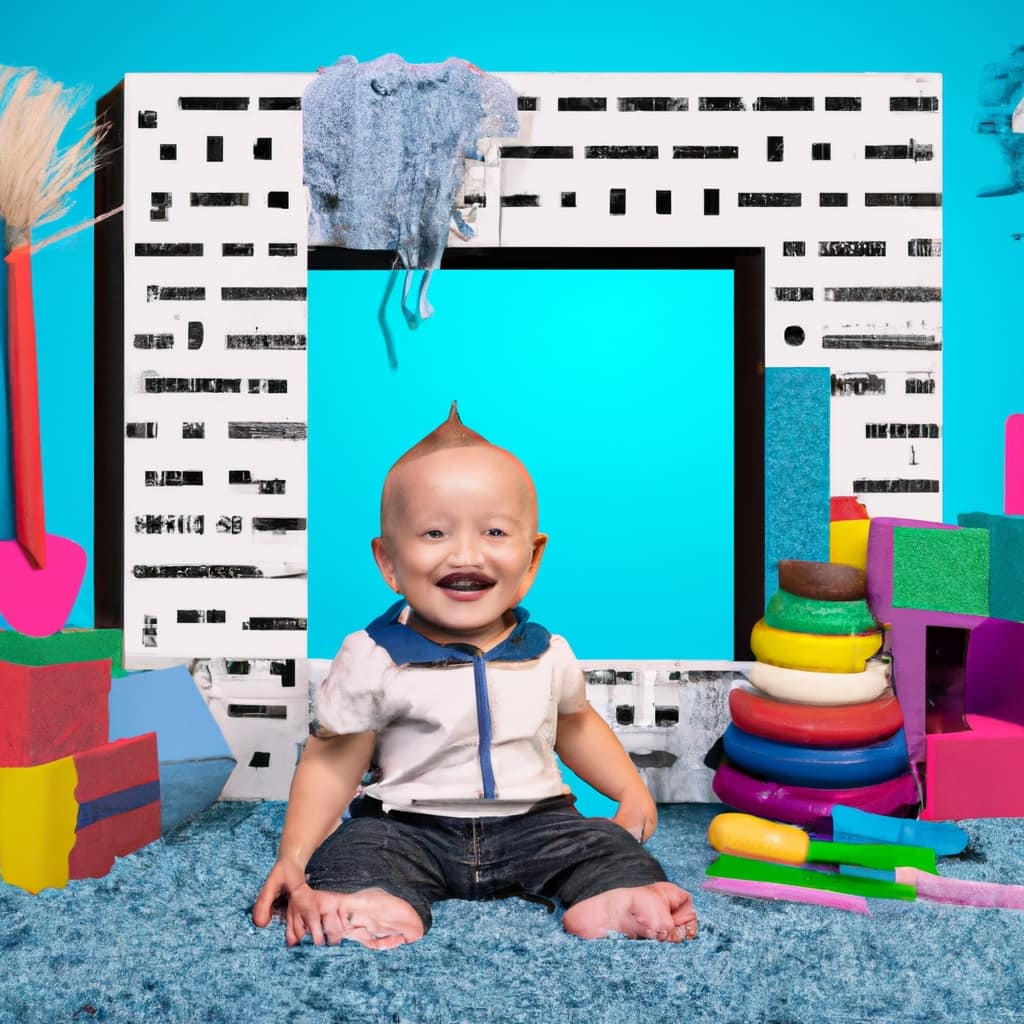Are you excited to delve into the world of interactive educational toys? Look no further, as we have everything you’re looking for!
In this guide, we’ll show you how to choose the perfect toys for your little ones. From boosting cognitive skills to encouraging creativity, interactive preschool toys offer a world of possibilities.
So, let’s roll up our sleeves and find the best toys that will bring joy and learning to your child’s playtime. Let’s get started!
Key Takeaways
- Interactive preschool toys engage children in fun and play while promoting cognitive, social, and emotional development.
- These toys foster problem-solving skills, creativity, and teach important concepts like numbers, letters, colors, and shapes.
- When choosing educational toys, factors to consider include age appropriateness, educational value, safety, durability, and engagement.
- Incorporating interactive toys into learning activities can introduce new concepts, reinforce learning, encourage open-ended play, and foster social interaction and collaboration.
Benefits of Interactive Preschool Toys
We have found that interactive preschool toys offer numerous benefits for young children. These toys not only engage children in fun and play, but they also promote cognitive, social, and emotional development.
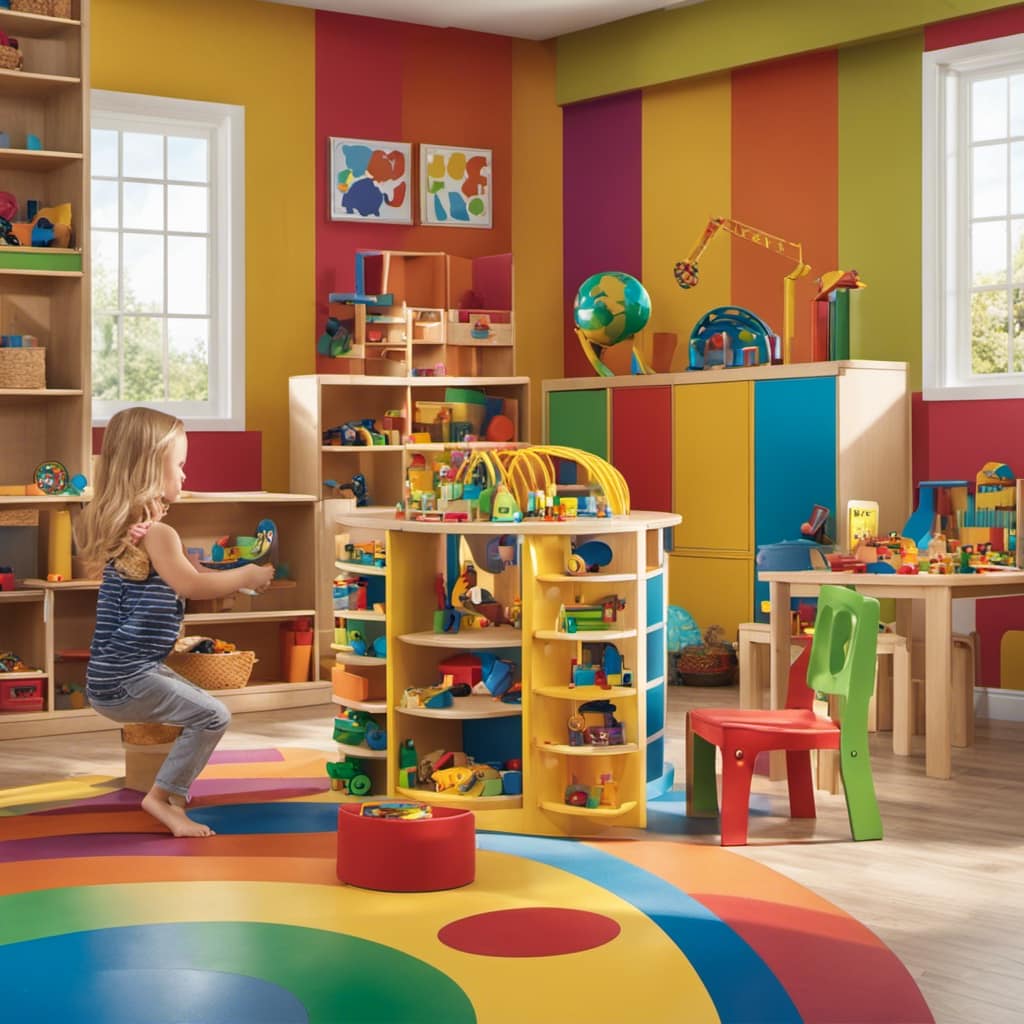
The interactive features of these toys encourage children to actively participate, fostering their problem-solving skills and creativity. Through play, children learn important concepts such as numbers, letters, colors, and shapes. The engaging nature of these toys sparks curiosity and encourages exploration, helping children develop a love for learning.
Moreover, interactive toys promote social interaction and cooperation among children, enhancing their communication and teamwork skills. By playing with these toys, children also develop their fine motor skills and hand-eye coordination.
Factors to Consider When Choosing Educational Toys
When choosing educational toys for preschoolers, it’s important to consider several factors that will enhance their learning experience. Here are some important features to keep in mind:
-
Age appropriateness: Ensure that the toy is suitable for your child’s developmental stage, as this will maximize their engagement and understanding.
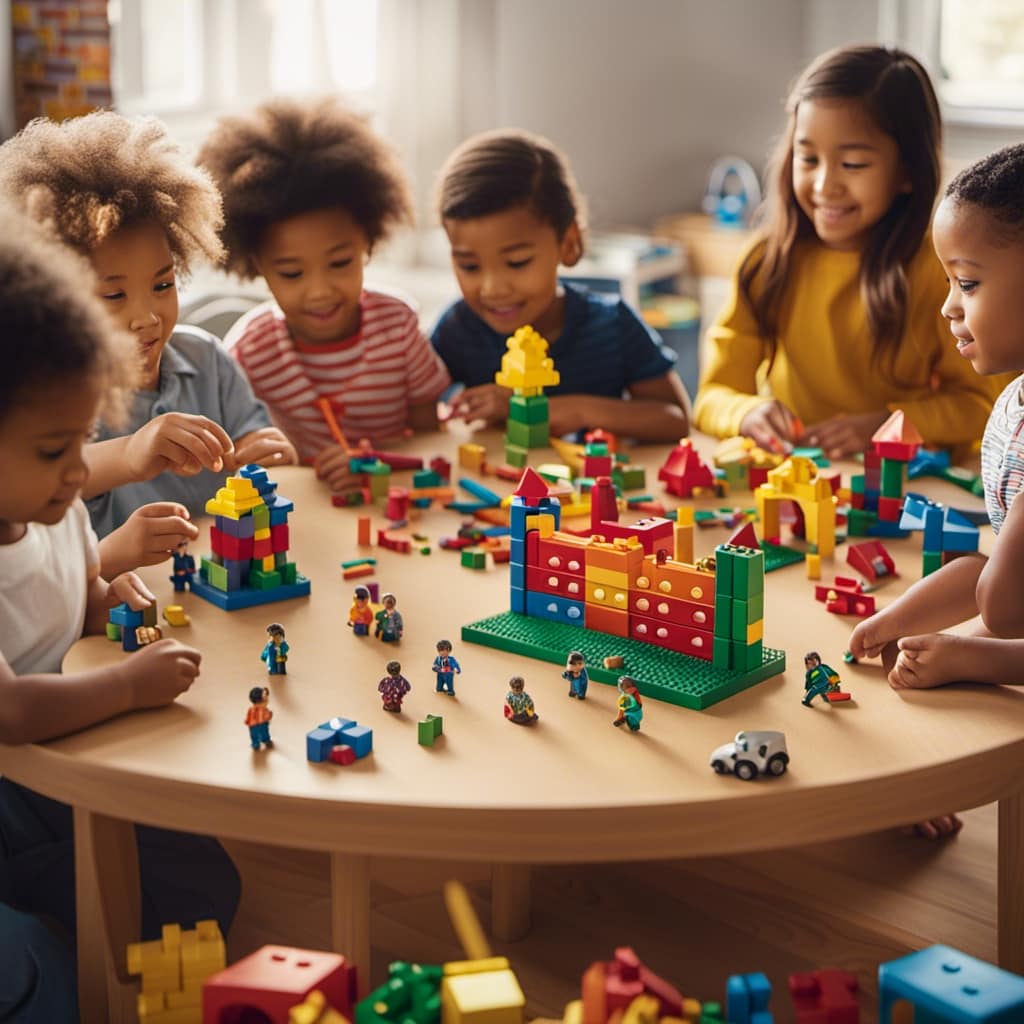
-
Educational value: Look for toys that promote cognitive, physical, and social development. They should encourage problem-solving, creativity, and critical thinking skills.
-
Safety: Prioritize toys that are made from non-toxic materials and have no small parts that could pose a choking hazard.
-
Durability: Choose toys that can withstand the rough play of young children, as they tend to be quite energetic.
-
Engagement: Opt for toys that capture your child’s interest and maintain their attention for a longer period of time.
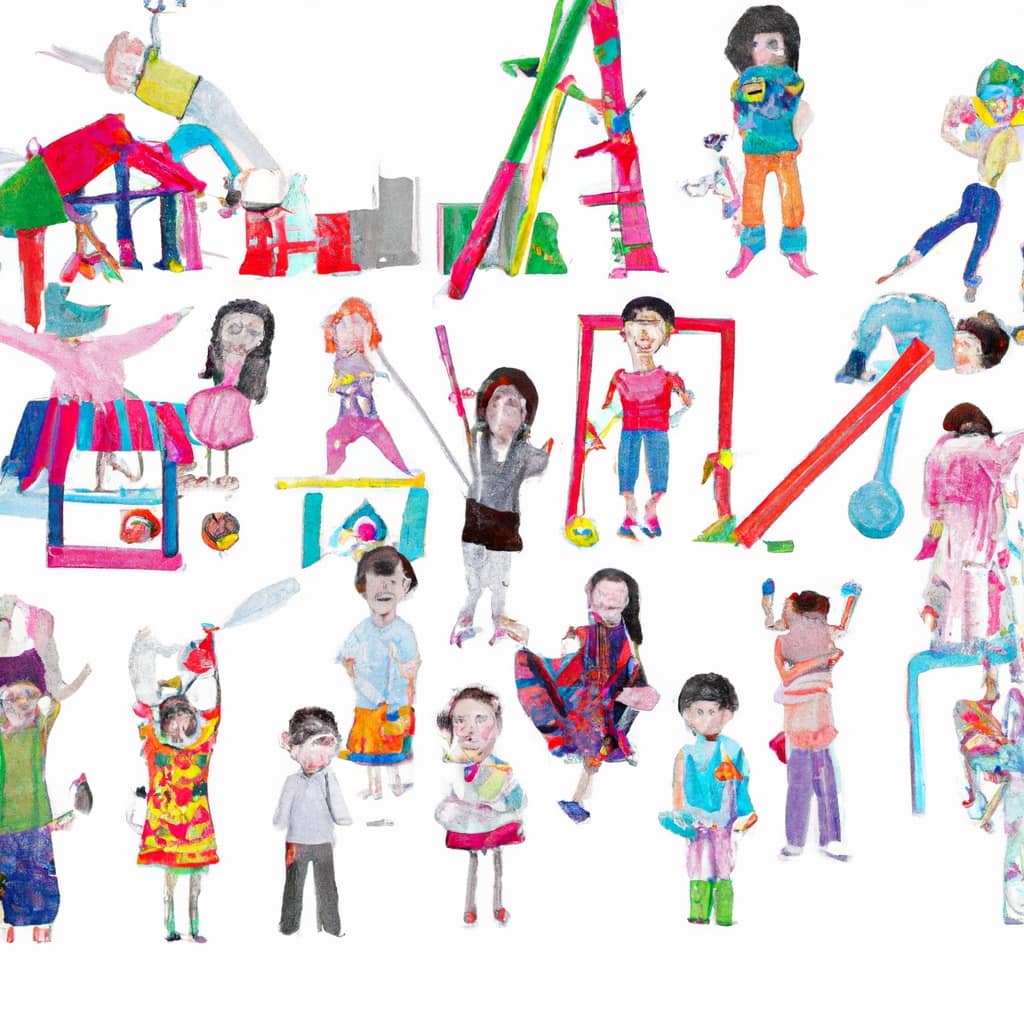
Top Interactive Learning Toys for Preschoolers
To begin exploring the top interactive learning toys for preschoolers, let’s delve into the world of engaging and educational playtime options.
There are a plethora of popular interactive learning toys for preschoolers that not only entertain but also foster important skills.
One such toy is the LeapFrog LeapStart Interactive Learning System, which combines books and a stylus to introduce children to reading, math, and more.
Another innovative interactive toy for early childhood education is the VTech Touch and Learn Activity Desk Deluxe, which features an interactive desktop and various activity cards to teach letters, numbers, and music.
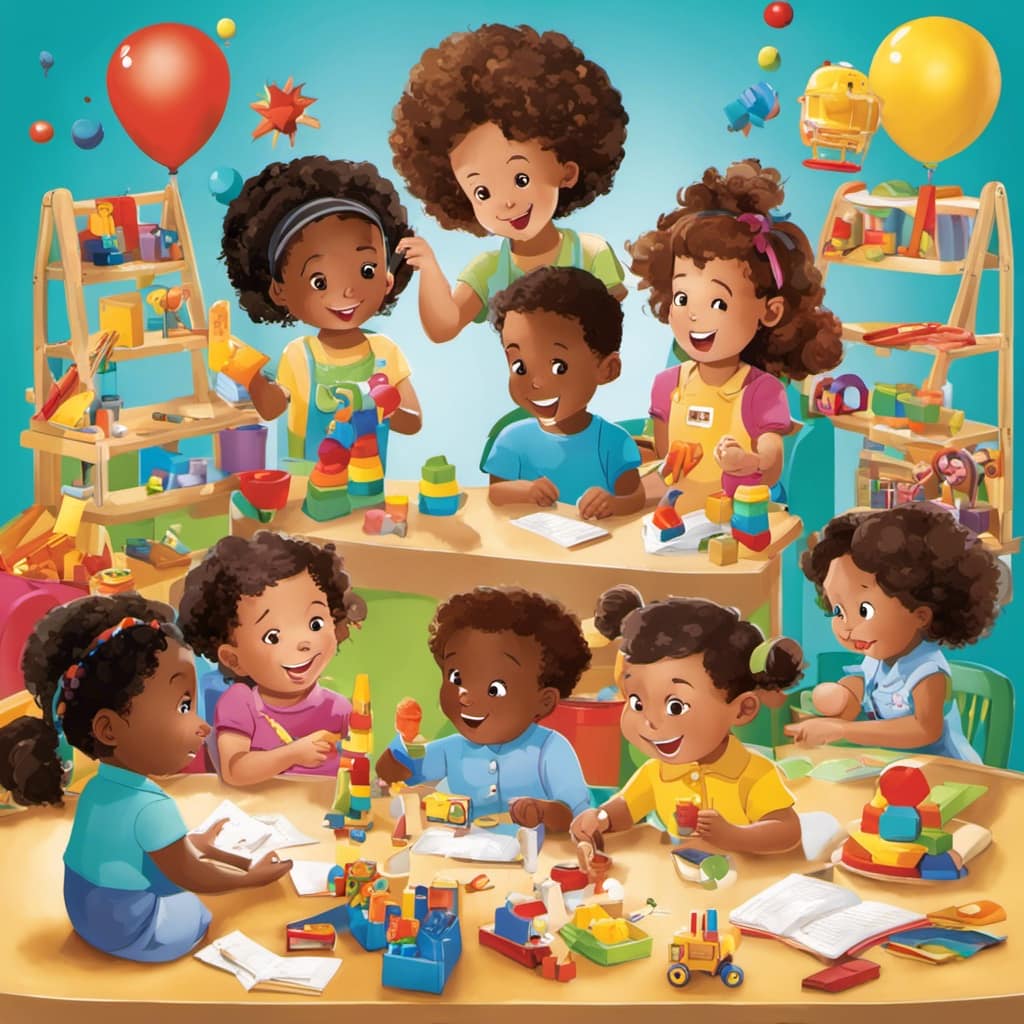
The Fisher-Price Think & Learn Code-a-Pillar is also a hit among preschoolers, as it encourages problem-solving and critical thinking through coding challenges.
These toys provide a fun and interactive way for preschoolers to learn and develop essential skills, making playtime both enjoyable and educational.
How to Incorporate Interactive Toys Into Learning Activities
Our goal is to maximize the educational benefits of interactive toys by incorporating them into a variety of engaging learning activities. By integrating play and learning in interactive toys, we can create a fun and effective learning experience for preschoolers. Here are five ways to incorporate interactive toys into learning activities:
- Use interactive toys to introduce new concepts and reinforce learning.
- Incorporate technology in early childhood education by utilizing interactive apps or online resources that complement the toys.
- Encourage open-ended play with interactive toys to promote creativity and problem-solving skills.
- Create themed activities that integrate the interactive toy into storytelling or role-playing scenarios.
- Foster social interaction and collaboration by incorporating interactive toys in group activities or games.
By following these strategies, we can ensure that interactive toys not only entertain but also enrich the educational journey of preschoolers.

Let’s make learning a joyful adventure!
Tips for Choosing Age-Appropriate Interactive Toys
As parents or educators, we must consider the developmental needs and interests of preschoolers when selecting age-appropriate interactive toys. Play is essential for the overall development of young children, as it helps them learn and grow in various ways. Interactive toys play a crucial role in fostering cognitive skills, such as problem-solving, critical thinking, and creativity. These toys engage children’s senses and encourage exploration, imagination, and social interaction. When choosing interactive toys for preschoolers, it is important to keep in mind their age, abilities, and interests. Here is a table that provides guidance on selecting age-appropriate interactive toys:
| Age Range | Recommended Toys |
|---|---|
| 1-2 years | Shape sorters, stacking toys |
| 2-3 years | Puzzles, building blocks |
| 3-4 years | Pretend play sets, musical toys |
| 4-5 years | Board games, science kits |
Frequently Asked Questions
Are Interactive Learning Toys Only Beneficial for Preschoolers or Can They Be Used for Older Children as Well?
Interactive learning toys are not only beneficial for preschoolers but can also be used for older children. They provide numerous benefits, such as promoting cognitive development and enhancing problem-solving skills. Technology plays a crucial role in creating interactive learning toys for all ages.
What Are Some Examples of Interactive Learning Toys That Focus on Social Skills Development?
Here are some examples of interactive learning toys that focus on social skills development. They can benefit older children too. They help children learn to share, take turns, and communicate effectively.
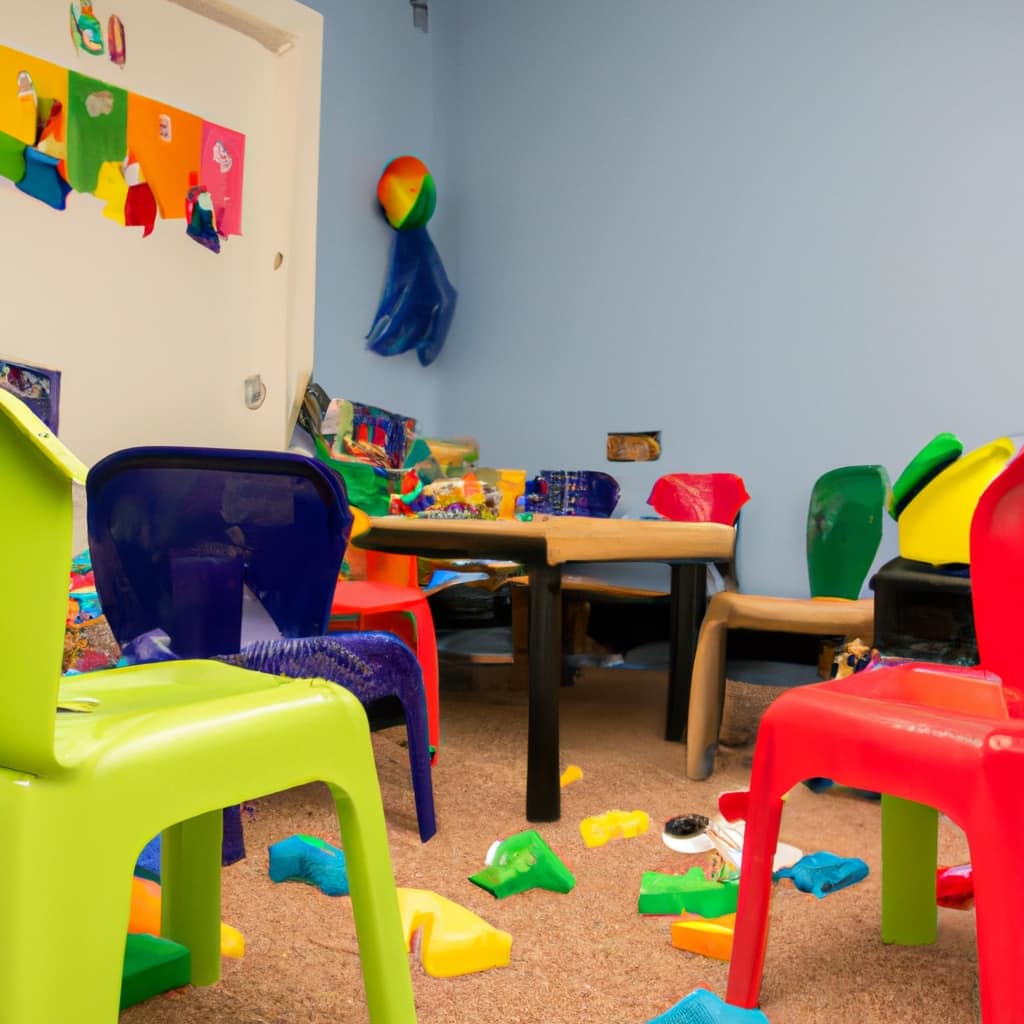
Can Interactive Learning Toys Help With Specific Learning Challenges, Such as Speech Delay or Motor Skills Development?
Yes, interactive learning toys can be beneficial for children with speech delays and fine motor skill challenges. They provide engaging ways to practice communication and develop hand-eye coordination, making learning fun and effective.
Are There Any Safety Concerns or Guidelines to Consider When Using Interactive Learning Toys With Preschoolers?
Safety concerns and guidelines should always be considered when using interactive learning toys with preschoolers. We want to ensure their well-being and create a positive and secure learning environment for them.
How Can Parents Encourage Independent Play With Interactive Learning Toys While Still Providing Guidance and Support?
Encouraging independent play with interactive learning toys is important. Balancing guidance and support, we can foster creativity and problem-solving skills. Let’s explore ways to empower preschoolers while still being there for them.
Conclusion
In conclusion, choosing interactive learning toys for preschoolers is a great way to enhance their educational journey. These toys provide numerous benefits, such as promoting creativity, problem-solving skills, and social interaction.
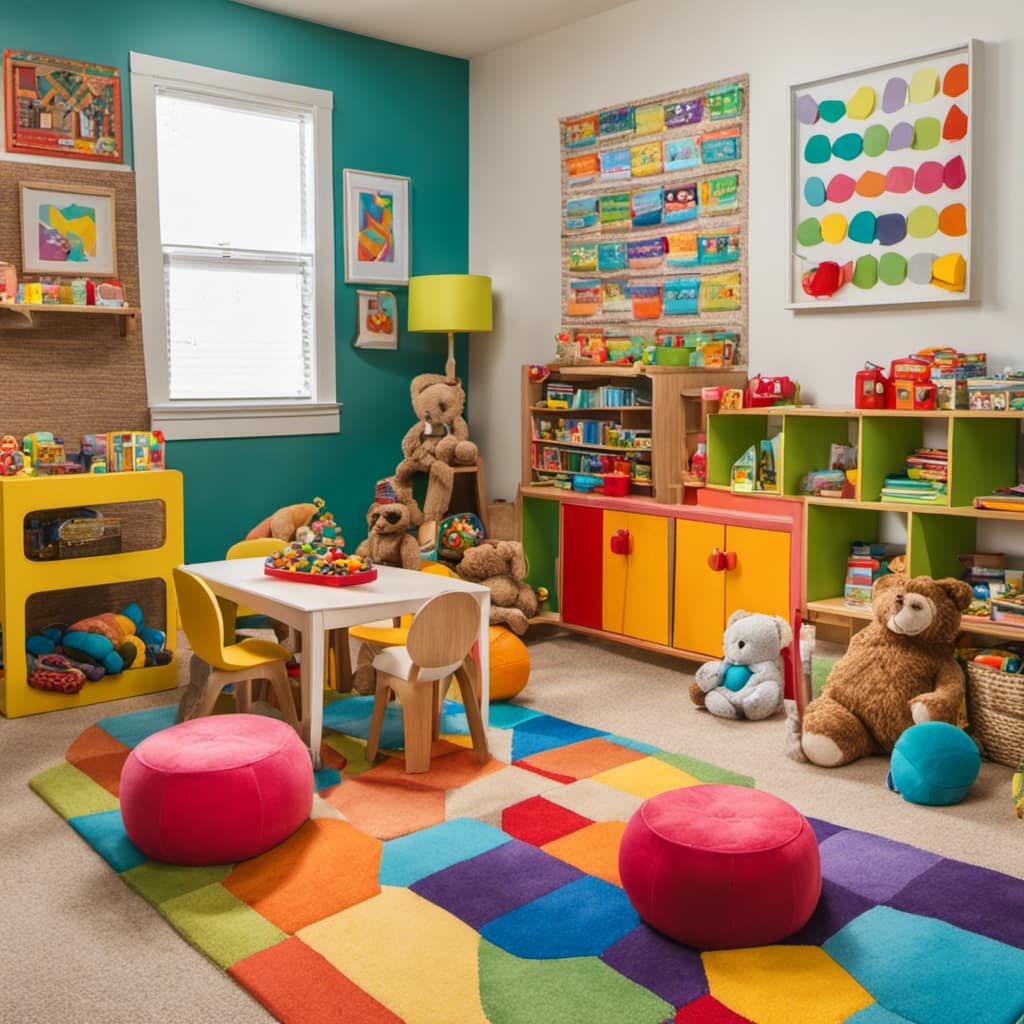
When selecting toys, consider factors like safety, durability, and educational value. Incorporating interactive toys into learning activities can make learning fun and engaging for children.
Remember to choose age-appropriate toys that align with their developmental stage. By investing in interactive learning toys, you’re giving your preschooler a head start in their educational and personal growth.
